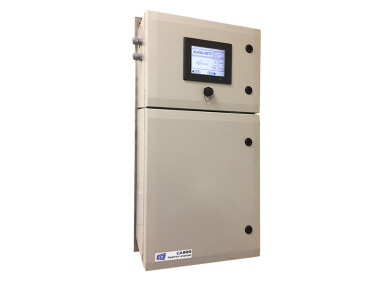Water/Wastewater
Can Emerging Contaminants Be Removed?
Jul 25 2022
The concept of emerging contaminants was perhaps born in the early 1960s, when an American marine biologist named Rachel Carson questioned the safety of using DDT as a pesticide over a prolonged period of time. While her points were rubbished at the time, it was later discovered that the substance did in fact hold catastrophic consequences for biodiversity and was subsequently banned.
In the decades that have followed, the scientific community has turned an ever greater focus onto the subject of emerging contaminants or contaminants of emerging concern (CECs). With so many chemicals in use in our society today, identifying, monitoring and removing these substances from the environment involves a great many challenges. We’ll take a closer look at the main issues below.
The challenges posed by CECs
Emerging contaminants are such a thorn in the side of the scientific and environmental communities because they encompass such a lengthy list of chemicals – potentially tens of thousands long – and more new synthetic compounds are being created and released into the environment all the time. As such, monitoring and quantifying all of them is a nigh-on impossible task.
What’s more, conventional wastewater treatment processes that are employed at the vast majority of plants around the globe are insufficient to deal with such substances. As a result, many CECs can simply pass through wastewater plants unscathed, after which they are free to infiltrate and bioaccumulate in whichever environment they end up in.
Is it possible to remove CECs from wastewater?
Having said that, new avenues of scientific research have yielded positive results. The advent of digital measurement in water and wastewater treatment has allowed for continuous and more accurate quantification of CEC concentration in sample sites. Meanwhile, the development of techniques such as adsorption have proven effective in removing CECs from wastewater effluent.
Nonetheless, different contaminants require different approaches. This means that the costs and practicalities of implementing comprehensive removal systems at a wastewater treatment plant are, for most companies and even for most countries, prohibitive. The fact that new chemicals are entering the marketplace each year only moves the goalposts further, resulting in a situation whereby it’s extremely difficult to remove CECs from the environment once present.
What can be done?
As well as installing effective CEC removal mechanisms in as many sites as possible, it’s also possible to target contaminants at their source. That means minimising the risk of them infiltrating the environment in the first place, either by prohibiting their use in certain products or implementing protocols aimed at ensuring they are not allowed to leach into the natural world.
Of course, the sheer range of chemicals at play mean that this type of approach is never going to be 100% effective. As such, all we can do is pursue more rigorous research into the ill-effects of these substances, as well as further our analytical capabilities in measuring their concentrations. Armed with that knowledge, we may be in a better position to proceed in the future.
Digital Edition
AET 28.2 April/May 2024
May 2024
Business News - Teledyne Marine expands with the acquisition of Valeport - Signal partners with gas analysis experts in Korea Air Monitoring - Continuous Fine Particulate Emission Monitor...
View all digital editions
Events
Jul 10 2024 Birmingham, UK
Jul 21 2024 Cape Town, South Africa
Australasian Waste & Recycling Expo
Jul 24 2024 Sydney, Australia
Jul 30 2024 Jakarta, Indonesia
China Energy Summit & Exhibition
Jul 31 2024 Beijing, China
.jpg)

















